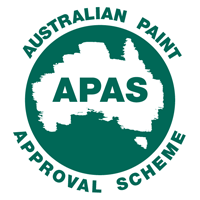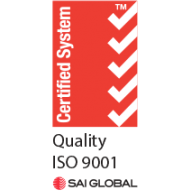A single pack etch primer is a thin film primer for giving adhesion to all common metals, and is also suitable for use on some other substrates depending on adhesion test.
All major coating companies have a single pack etch primer. A&I Coatings product is Vitrethane 440. They are a ‘key’ coating, intended to give a key to metal substrates, and not used for anti-corrosive purposes as they only have a small amount of zinc phosphate pigment, or for getting adhesion to previously painted surfaces. They are low volume solids coatings, and are normally applied to about 15 -20 microns. They should be applied to a thoroughly clean surface, and humidity should be below 85% during application. The topcoat can be applied as soon as the solvent is out of the etch primer, normally within the hour.
If good corrosion resistance is required, a two pack epoxy based zinc phosphate primer should be used. In the writer’s observation over many years, a steel tray body coated in etch primer and enamel will be showing signs of rust in about 18 months, coat the same steel in etch primer and polyurethane and it will be showing evidence of rust in four to five years, but abrasive blast clean and coat in zinc phosphate epoxy and it will last ten to fifteen, though the polyurethane will be starting to fade. For ultra durability you would go for zinc phosphate primer and fluoropolymer topcoat.
Another word of warning, single pack etch primer is used extensively on galvanised surfaces such as roller shutters, then overcoated with polyurethane. However, a phenomenon the writer has seen many times is very small blistering. This is caused by the small amount of phosphoric acid in the primer (used for acid etching the surface) pulling moisture through the PU, which then gets trapped and forms a blister. It is much better to use a two pack epoxy zinc phosphate on gal, and even then you have to have enough to form a barrier coating, we recommend 200 microns.





